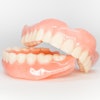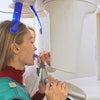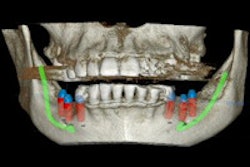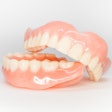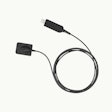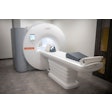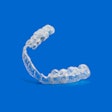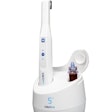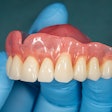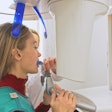Dear Imaging Insider,
When you use an intraoral camera in your practice, do you use an orange filter and assess the red emissions from bacterial deposits as many practices do? A new study from Australia suggests that using violet or blue illumination combined with green compensating filters may be a better fit to judge mineral loss and make other clinical assessments. Read more in this Insider Exclusive.
In other Imaging Community news, William S. Spiegel and Dr. Marc R. Leffler present a case from a general dentist's office in their latest legal case study column. This dentist, experienced in implant placement and restoration, saw a 49-year old patient for a single implant. After taking a full-mouth series of x-rays, the dentist came up with a treatment plan. What happened during and after treatment is a cautionary tale. Find out more here.
For tooth-colored CAD/CAM inlay restorations, practitioners are faced with the decision on what material to use. A new study from Dental Materials reports that unfilled polymer CAD/CAM inlays luted with self-adhesive resin cement may work as long-term restorations, with a provision that the cavities are narrow. Read more here.
Korean dental hygienists prefer the Trios intraoral scanner over the iTero scanner for ease of use, patient comfort, and clinical usefulness, according to a study in BMC Oral Health. Dental students felt that digital impressions were easier to take than conventional ones, but clinicians said there was no difference between the two methods. Learn more here.
The use of PET/CT can improve radiation treatment planning for patients with head and neck cancers, according to a review of studies that was recently published in the World Journal of Radiology. Read more here.
